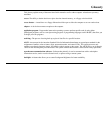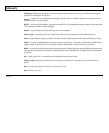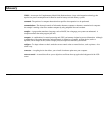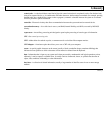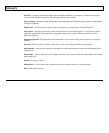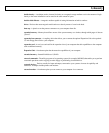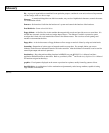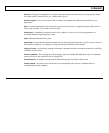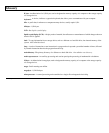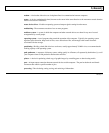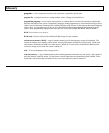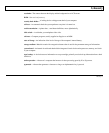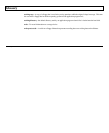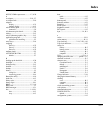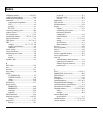
Glossary
hardware -
The physical components of a system: central processing unit, internal memory, drives, printer, display
unit, option boards, external devices, etc. Contrast with software.
hardware options -
Any of several devices that can make your computer more efficient and powerful for your
applications.
head -
A small electromagnetic device that reads, records, and erases data on a magnetic storage medium, such as a
drive or tape cartridge. Also called a read-write head.
hexadecimal -
A numbering system that consists of 16 symbols, 0 to 9 and A to F; used by programmers as a
convenient method of expressing binary values.
input -
Information that enters the system.
input/output -
An operation that transfers information from the central processing unit to a device or from a device to
the central processing unit. An example is storing and retrieving information with a diskette.
integrated circuit -
A microscopic grouping of electronic components and their connections mounted on a small chip
of material, usually silicon.
internal commands -
The core program of the operating system (for example, MS-DOS) that consists of commands
necessary for day-to-day operations, such as copying files.
internal memory -
A temporary storage area for information (programs and data) in binary form.
internal modem -
An option you can install inside your computer that allows the use of telephone lines for
communication between computers.
Glossary 9



